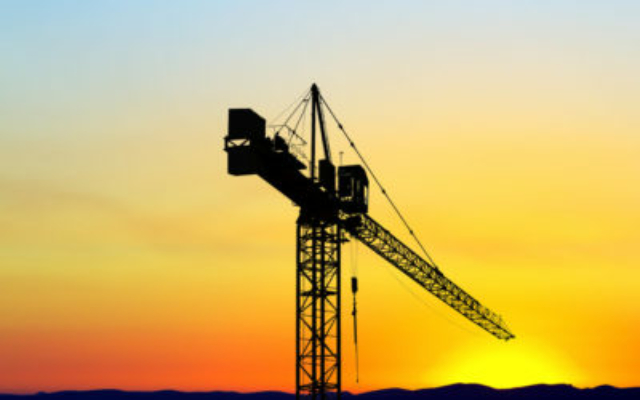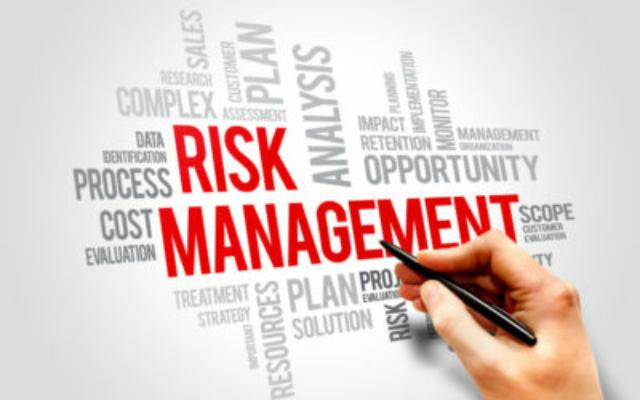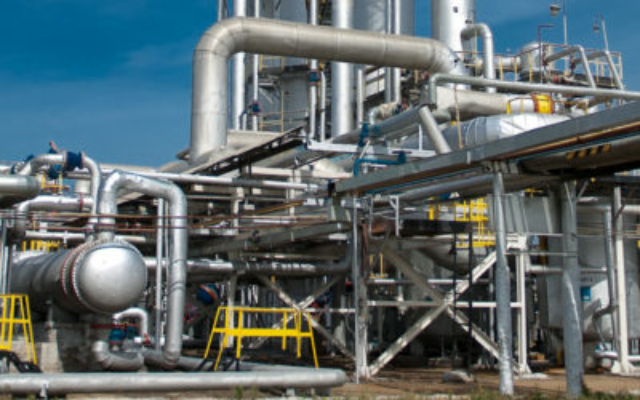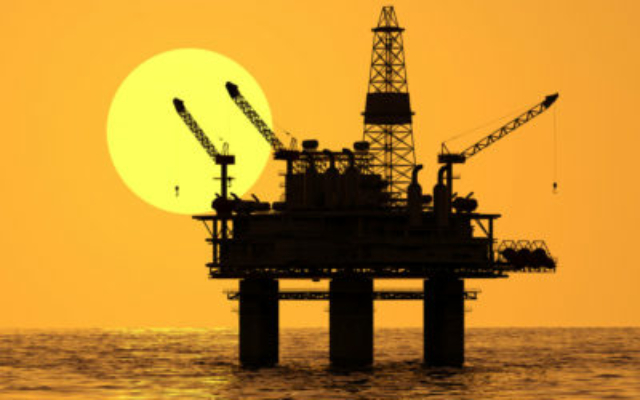Introduction
Oil and gas fields typically have a lifespan of 20+ years. From FEED to EPCI to Operation to P&A, technical work is ongoing. To varying degrees, all work to support the field requires documentation detailing the work history and status. These documentation requirements apply to equipment and structural design, equipment manufacture and installation/commissioning as well as on-going operations and necessary upgrades, repairs or salvage to field assets. Throughout the field’s lifespan, documentation provides accurate physical detail of equipment manufacturing and operation.
Photographic documentation, in addition to project document deliverables, including documents, drawings, records and the like, provide the field stakeholders a useful tool to ensure design compliance as well as effectively monitoring the service and repair of field assets during its lifespan. Photos are a widely used and highly effective form of communication. In addition, they are a cost-effective method for; 1) accurately capturing the progression of equipment manufacturing, facility fabrication, installation, service and operational work details and their progression, 2) tracking and predicting asset maintenance and repair, and 3) identifying and resolving quality, training or operational issues.
An accessible digital repository of photographic documentation, when used with other forms of retained documentation related to the technical work, reduces time/money to document and understand work history and progress, identify and disposition issues or provide an accurate physical status of the technical work or topic.
Oil and gas fields are typically in remote locations and distanced from subject matter expertise, decision makers and stakeholders. Having quick access to all forms of historical digital documentation, especially photos, improves access time to the documentation and facilitates a quicker resolution of the issue by the technical authority and/or stakeholder.
Photo repositories are beneficial and exist because stakeholders (end users, EPCIs, subcontractors and/or operators) incorporate the photographic documentation requirement into their contract specifications for equipment, fabrication, installation, safety, operations, services, upgrades and repair.
This article provides an overview of common guidelines and considerations typically used for capturing and storing useful digital photos. For each photo situation, the requirements may be somewhat different. Most parties involved in a field’s lifespan can benefit from having consistent photographic documentation standards and current/accurate photo repositories.
Suggest Guidelines and Considerations
- To ensure clear photos which allow close-up examination of physical details, a 10 mega-pixel (minimum) digital camera is required
- Take multiple close-up and far-away photos, from all angles and elevations of the photo subject, to ensure full visibility from all sides of all components, fittings, utility connections, structural/mechanical/electrical interfaces, overall installation area, damaged parts, structural joints, fasteners, piping, flanges, nozzles, cable trays and electrical enclosures (interior and exterior)
- Photo resolution should be sized to end up with 1 to 4 Mb photo files that allow sufficient close up (zoom) details – larger file size photos should be the exception and not the rule
- Avoid taking low-resolution photos – they are not useful in examining physical detail
- Use the .jpg digital file format for all photos
- Some situations may require videos to capture moving action – use an agreed video format with readily-available viewing software
- When needed, use a flash or other light source to minimize shadows, or dark spots
- Avoid glare spots in photos – these are usually due to reflective light
- To obtain optimum detail, when evaluating the photo scene, consider the detail to be captured and the end purpose and use of the photo
- The orientation or position of the camera is important to properly capture the desired subject matter – be mindful of the photo’s final viewing orientation (portrait or landscape)
- Take enough photos to completely document the photo subject
- 30 to 50 useable photos of a detailed subject are not an excessive amount
- There is no such thing as too many photos, as long as they are not out of focus or overly repetitive
- Take photos at regular intervals throughout all phases of manufacturing, fabrication, installation, operation, repair or service work
- Ensure equipment tag numbers, OEM data plates, serial numbers or important markings are captured in photos, if needed to fully document the status or issue
- Ensure all revisions, upgrades and repairs are captured in photos
- Avoid capturing personnel in a photo, unless they are germane to the subject or operational condition
- When taking photos, follow the applicable site rules for safety and PPE
- Before and after photos, depicting condition, damage and/or repair are recommended
- While at the photo location, immediately review photos taken and on a computer, orient photos in the reading direction, delete and retake photos with poor quality (out of focus) and verify quality of any retaken photos – performing this step after leaving the facility can yield missed photo opportunities
- Photos taken should be accompanied by a document containing photo file names, location/date taken, content description, source file link and any applicable notations
- Documentation with links to photo source files should be kept in the same directory as the photos
- To allow quicker access for the viewer, convert photo compilations on a given topic to pdf which has a navigable index – the viewer can access the photo source file if needed
- Upload photos and list of file names/info to a secure permanent location or a secure interim location, if before final upload
- Photos must be taken by experienced personnel familiar with the principles of digital photography and the photo subject – poorly captured photos can be a costly detriment
- As a general policy for the field’s lifespan, maintain an up to date and readily accessible repository of photos for all phases of the work, service or event
- Incorporating temporary descriptive or explanatory notes or a tape measure in the actual photo scene may help the viewer understand subjects which may not be clear at first glance – take same photo with and without the descriptive aids
Summary
Accurate and well-organized photos provide; 1) an almost incontrovertible validation of physical status, conditions or history and 2) act as a solid basis for cost effective evaluation and resolution of technical or status-related questions. Individual subcontractors can also benefit from these guidelines as they accurately document performance and capture work history.
Author’s Note
Should the reader have specific questions about topics in this article or need support in developing or implementing photographic standards or other technical documentation, please contact the author at [email protected].












